
Dragon Ball Z: Battle of Z (X360) - Review
by VGChartz Staff , posted on 14 February 2014 / 6,249 ViewsAs a manga, and particularly as an anime, Dragon Ball is one of the most celebrated series of the medium, spanning nearly three decades and multiple generations with a truly immense following. With such popularity, however, one would expect a good handful of quality games to supplement the series. Besides the Budokai series, and the Origins series on the DS, the many different releases across multiple consoles have generally yielded mediocrity, repetition, and broken gameplay. Hoping to break the mold, Dragon Ball Z: Battle of Z blasts itself into the twilight years of the previous generation with a Super Kamehameha, yet it isn’t quite enough to burst through the high power levels of rushed development and repetitive gameplay.
Almost every DBZ game rehashes either all or segments of the series’ plot but Battle of Z may be the worst rendition yet. While previous games would give short cutscenes of the events of the series when playing through, giving those who may not be as familiar with the series some sort of knowledge of what’s going on, Battle of Z fails miserably at re-telling DBZ’s story.
Battle of Z is mission oriented, with each of the 60 missions taking place during the DBZ timeline from Raditz’s arrival to the newest release of Battle of the Gods, spanning both the show and the movies, as well as adding some game-specific scenarios. But as each mission starts, you’re graced with maybe two lines (three if you’re lucky) before the fight begins, with no explanation of who you may be fighting or even why you're fighting. Though each mission presents a short written description of what’s happening in the series, it’s an insult to fans, and will make anyone who doesn’t know the show’s nooks and crannies completely and utterly confused. While almost all previous games in the series have had different ways of retelling the major events of the show, they were more or less satisfactory, and some were actually quite good. Battle of Z, on the other hand, is quite unsatisfactory.
Similar to the Budokai Tenkaichi series, Battle of Z features a third-person perspective, allowing the player to run or fly around a level with ease. Each character can fly, as well as dish out melee attacks, throw some Ki Blasts, use three different unique abilities, and cause some serious damage with their special attacks. Using special abilities will expend your energy meter, but it can be built back up by simply firing Ki Blasts or comboing your enemy with melee attacks.
Flying is pretty well polished, with altitude controlled easily with two buttons, and the ability to burst ahead at high speeds feels more true to the series then it ever has. Put simply, flying feels 'natural', and holds a great sense of speed that doesn’t have you shoot around too quickly, but also doesn’t feel like Superman 64. A targeting system is also implemented, allowing for quick switches between combatants, as well as helping to keep flying more controlled. While it definitely helps in terms of keeping the camera more controlled and focussed on the fighting, the targeting system can be a bit finicky, as switching targets is set to the right control stick, and will switch targets at even the slightest flick.
While fighting can get repetitive, since moves are simple presses of the face buttons and don’t require timing or precision, Battle of Z tries to change it up with the team-based mechanics and the energy level progression that's tied to them. Each mission has an energy meter at the top of the screen which needs to be filled by fighting your enemy, with normal attacks filling it up very slowly, special abilities a bit faster, and team attacks raising the bar at crazy speeds. Team attacks can be initiated by simply attacking the same enemy at the same time and syncing up. You can also rush and launch your enemy into the air, allowing you to perform a teleporting follow-up attack that blasts him towards a team member. If the team is targeting the same enemy, each teammate can assist with another attack, eventually knocking him into the earth and filling the energy meter greatly. It’s much easier to perform when playing online with other people, as the AI doesn’t always like to include itself in the team attack, even when using the command system. When the team attacks do work it comes together with the rest of the fast paced action and captures the style of Dragon Ball Z rather well. It just doesn’t happen often enough .
While the four types differ greatly, the characters in each class share some similar abilities, and older versions of characters are sometimes just more powerful versions of their younger selves. More attention was given to the more popular characters of the series; the Super Saiyans and certain villains have more unique attacks than their untransformed counterparts and less popular characters. They also have use of Ultimate Moves that not every character has, such as normal Goku’s Spirit Bomb, Majin Vegeta’s Final Explosion, or Kid Buu’s Planet Burst.
When playing each mission, you’ll be able to choose your character, as well as three supporting fighters (almost every mission will have you fighting a team of combatants, or multiple enemies will spawn). The support type characters are extremely important when taking on missions by yourself, as you’re only allowed to retry a couple of times per character if you fall in battle, and more powerful characters like Ultimate Gohan, Super Saiyan God and Super Saiyan 3 Goku, Kid Buu, Beerus, and others don't get any retries. All of the support characters can heal, and some have abilities that let them get to you faster to revive you before the five second timer runs out.
Characters can be customized through the use of cards, allowing you to increase their various stats. There are also special upgrades that may grant an extra card slot or a small increase in all abilities. Each card contributes to the character’s power level, with the max naturally being over 9000. Tricking out your character will be necessary to get through missions during single player, especially if you plan to unlock every character, as many are unlocked only by getting an S rank or above on each mission, which can be frustratingly difficult since the enemy AI is perfect and the ally AI is absolutely terrible. You’ll most likely have to reach out to a friend in co-op mode, though even that has its problems.
Like most other games that have spawned from the series over the past decade, Battle of Z’s use of cell shading is superb, capturing the style of show perfectly, and definitely taking the prize for being the best looking of any DBZ game. Movements are fluid and crisp, backgrounds are perfect recreations of Earth, Planet Namek, and many other series locales, and the abilities and super attacks are flashy and impressive. Upbeat music fuels the action, with a great mix of guitar, electronic beats, and some occasional horns. Where Battle of Z falters once again, however, is in the realm of voice acting. While most voices are spot on, some, like Frieza, aren’t voiced by their original actors, and their replacements are far from decent.
VGChartz Verdict
6.2
Decent
This review is based on a retail copy of Dragon Ball Z: Battle of Z for the X360, provided by the publisher.








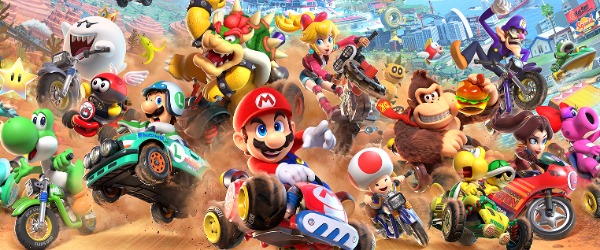
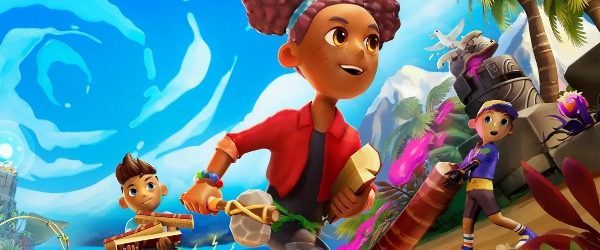
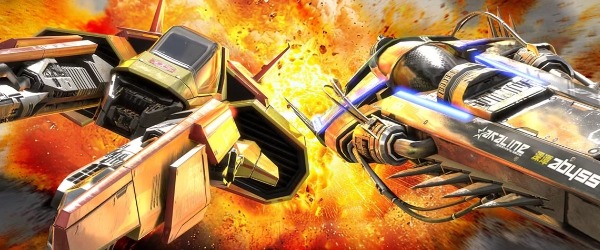
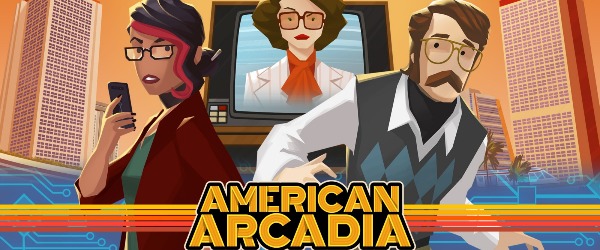












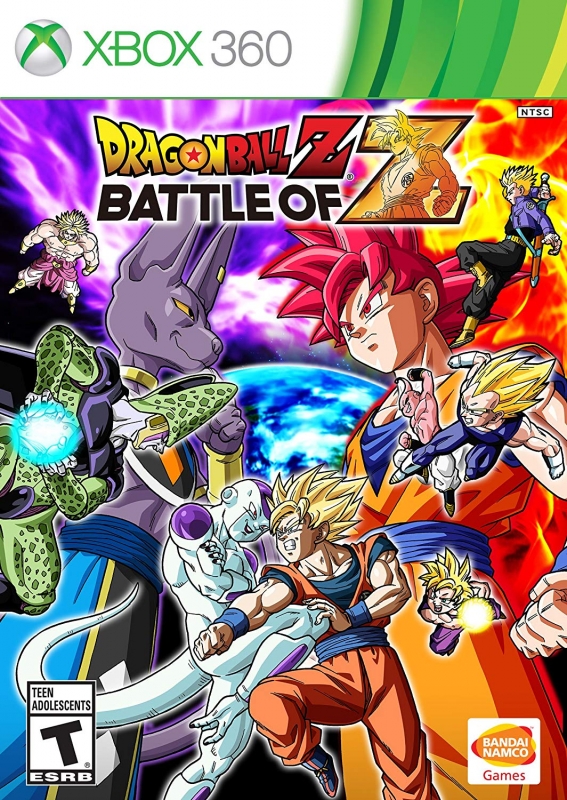

 Essay Pro
Essay Pro